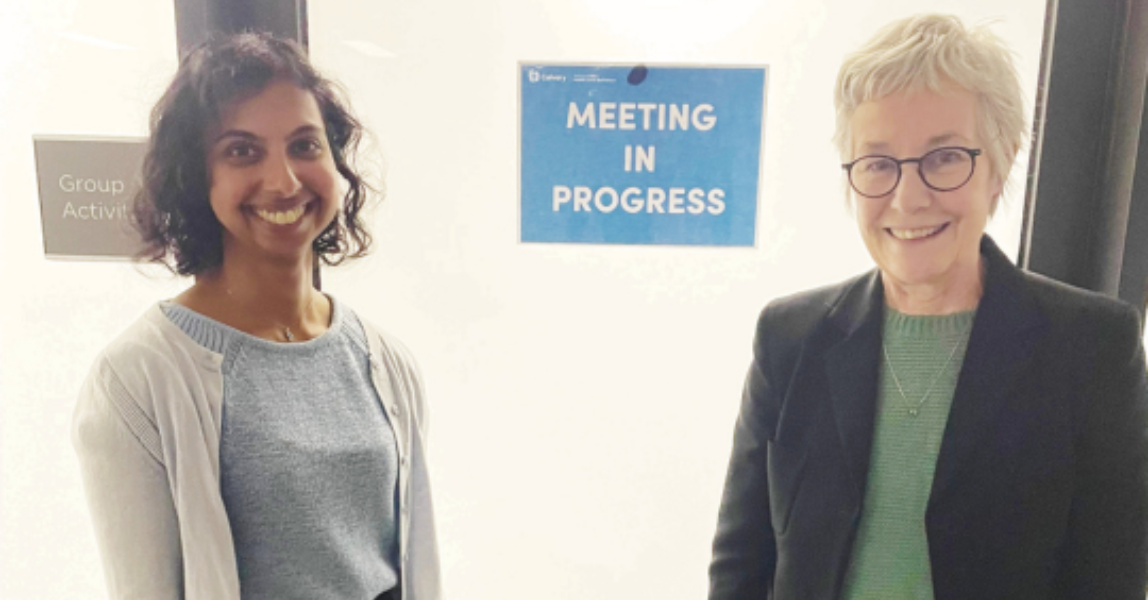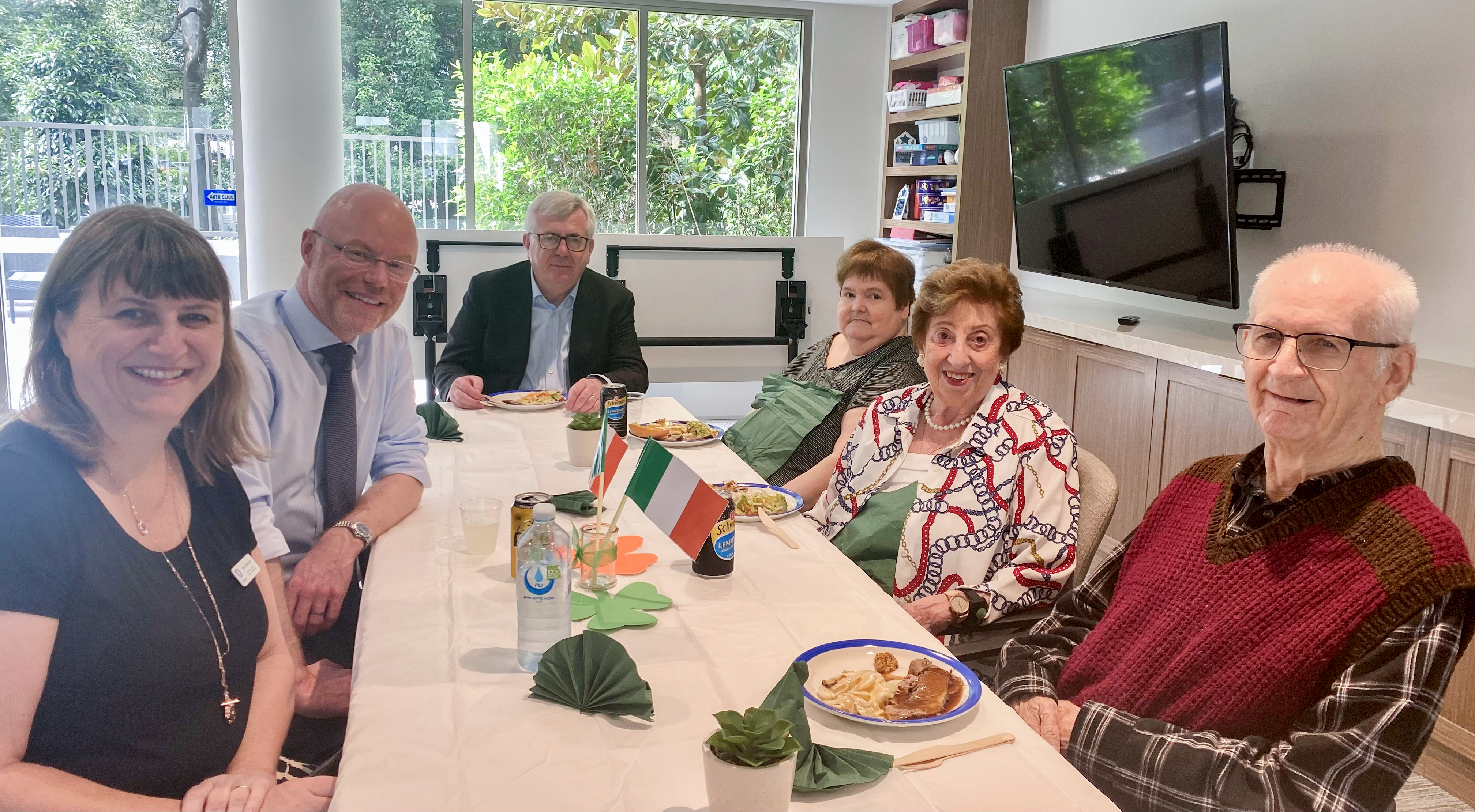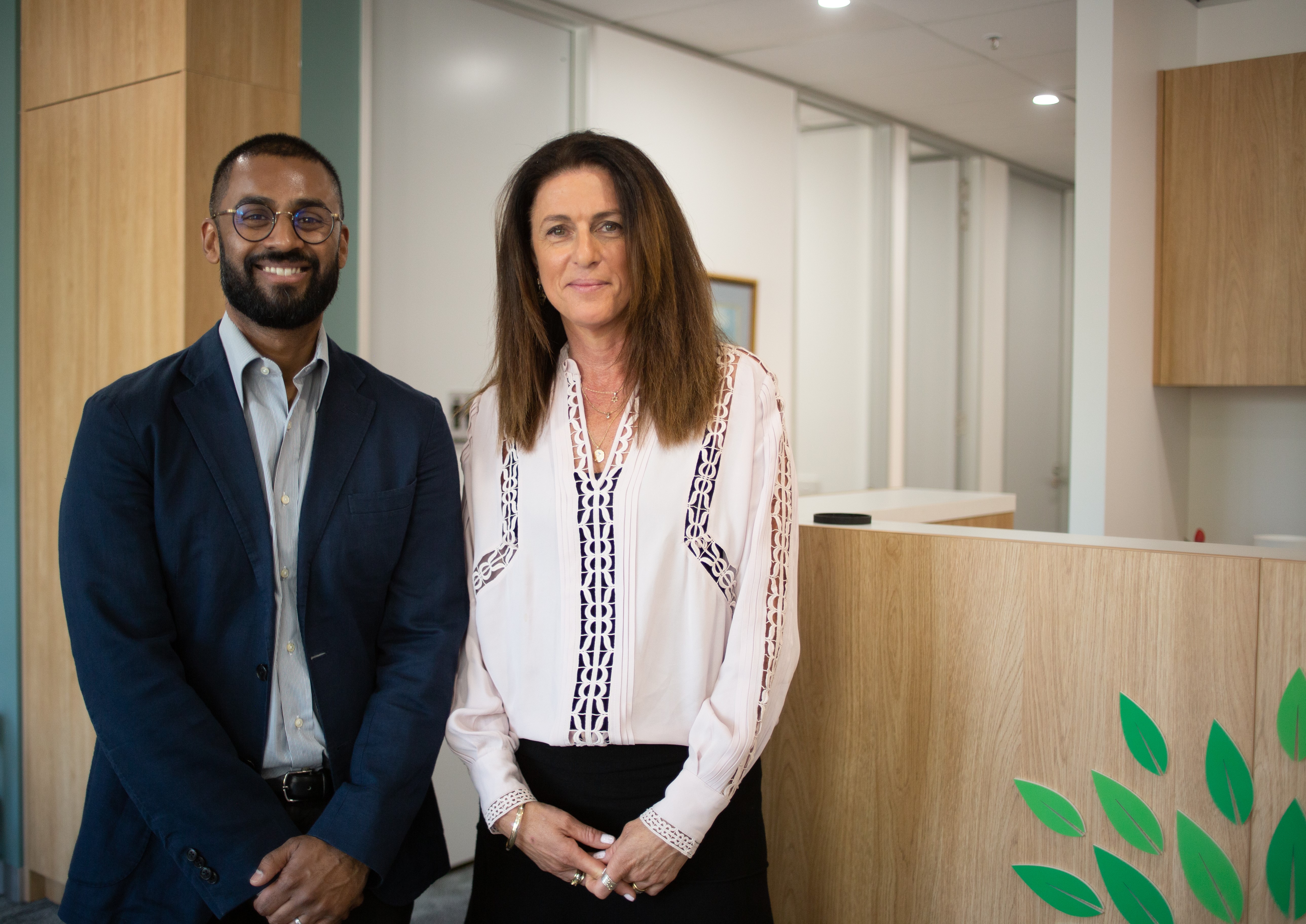New model of caring for older people planting seeds of change at Calvary

As we continue to introduce the PEARS (Personhood, Environment, Activity, Relationships and Safe care) model of caring for older people to Calvary residential aged care homes across the country, several things have become apparent.
One is that it is often not big things that residents think will improve life and care in their homes and foster a greater sense of dignity and respect.
In the co-design workshops involving staff, residents and family members that are the heart of the PEARS model, some fairly simple solutions have been put forward.
Co-design workshops at the homes
When group discussion at his home at Calvary Riverside Views in Launceston, in Tasmania’s north, turned to providing meaningful activities, former jazz musician Colin made it known that he wanted to contribute to the running and life of the home “rather than just living in it”. He now runs a book club and a trolley library service for residents.
His idea for staff to wear large print name badges to help foster communication and relationships between residents and staff has been adopted in an increasing number of Calvary homes.
At Calvary Haydon in Canberra, 84-year-old Gillian, a fit and avid walker until a stroke late last year changed her world, didn’t mince her words about the indignity of having to be moved about in a hoist.
“I dread going into the hoist. It makes me feel exposed and vulnerable, but I know I have to use it … and it depends on the staff knowing how to work it well.” She suggested all the staff experience being hoisted to have a better understanding of how it feels to be in the hands of others.
Six hundred kilometres away at workshops at St Paul’s on the NSW mid-north coast, former pilot and teacher Richard raised similar issues. Now confined to a bed and comfort chair due to impacts of a spinal tumour, maintaining dignity, what independence he can, and staying involved are vitally important to him. More experiential training for staff in using hoists and in other aspects of care is on the agenda at both homes.
More about the PEARS model
In the PEARS model, each of the care domains of personhood, environment, activity, relationships and safe care is underpinned by a corresponding set of principles that together provide a framework to guide our staff in how they go about caring for our residents.
Each is worked through in the facilitated co-design workshops, which look at what is working well and what can be improved. Co-designed solutions are prioritised and ultimately embedded in an operational implementation plan particular to each home.
Co-designed initiatives have commenced in eight Calvary residential aged care homes across Australia, with many more to come.
Opportunities for improvement in the care expected by our residents and their families are many.
Although our journey is just beginning, evaluation to date has found that very often, residents, family and staff are designing high-impact and low-effort innovative solutions that are simple, relatively inexpensive and easy to operationalise.
The PEARS model, informed by experience, evidence and data, provides Calvary the platform to drive large scale change and a culture of innovation.


